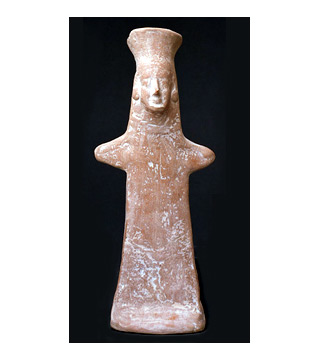camel humps
I've been researching the hijab and found a strange reference to camel humps in an article at the University of Southern California. The following hadith from the Sahih Muslim was mentioned (my added emphasis):
Translation of Sahih Muslim, Book 24:
The Book Pertaining to Clothes and Decoration (Kitab Al-Libas wa'l-Zinah)
Chapter 26: THE WOMEN WHO ARE NAKED EVEN IN THEIR DRESSES, WHO DEVIATE FROM THE RIGHT PATH AND LEAD THEIR HUSBANDS ASTRAY
Book 024, Number 5310:
Abu Huraira reported Allah's Messenger (may peace be upon him) having said this: Two are the types of the denizens of Hell whom I did not see: people having flogs like the tails of the ox with them and they would be beating people, and the women who would be dressed but appear to be naked, who would be inclined (to evil) and make their husbands incline towards it. Their heads would be like the humps of the bukht camel inclined to one side. They will not enter Paradise and they would not smell its odour whereas its odour would be smelt from such and such distance.
source
This hadith also seems to be referred to here:
The prophet (pbuh) is quoted as saying: "In the latest part of my Ummah (nation of Muslims) there shall be women who would be naked in spite of being dressed, they have their hair high like the humps of the Bukht camel, curse them, for they are cursed. They will not enter Al-Jannah and would not even perceive its odour, although it's fragrance can be perceived from a distance of 500 years travelling by camel."
source
Muslim 024:5310 is the only reference to "bukht" in the entire hadith collection covered at the MSA-USC Hadith Database, so the above two versions must be referring to the same hadith. It astonishes me that the first version seems to refer to an imaginary visit to Hell while the second seems to be a prophecy of the future. Muslims seem to me to take quite a few liberties with these hadith translations.
Anyway ... I was intrigued as to what kind of headdress would look like a camel hump, something that might be known to 7th century Arabs. In my research I came across this charming terracotta figurine of a woman (perhaps a goddess or priestess) with a domed hat. It is 6th century BC and from an area to the north of the Arabian peninsular, but Mohammad might have seen a figurine like this in his caravan travels. I like the figure very much, whether it is relevant or not.

Boeotian figurine, 560-510 B.C. @ HellenicMuseumsShop



1 Comments:
Hmm, I'm more partial to camel toes than camel humps, myself. 8-)
Post a Comment
<< Home